Asbestos Testing
Commercial & Residential Asbestos Testing
When asbestos poses a danger, there are some things to check for before a technician can begin testing.
First, all sources of moving air such as air conditioners, fans or anything else that can create a draft and blow asbestos around, needs to be removed.
Next, all windows need to be closed.
Then, all the people present in the structure need to be situated as far away from the testing as possible, or leave the structure altogether while testing is taking place.
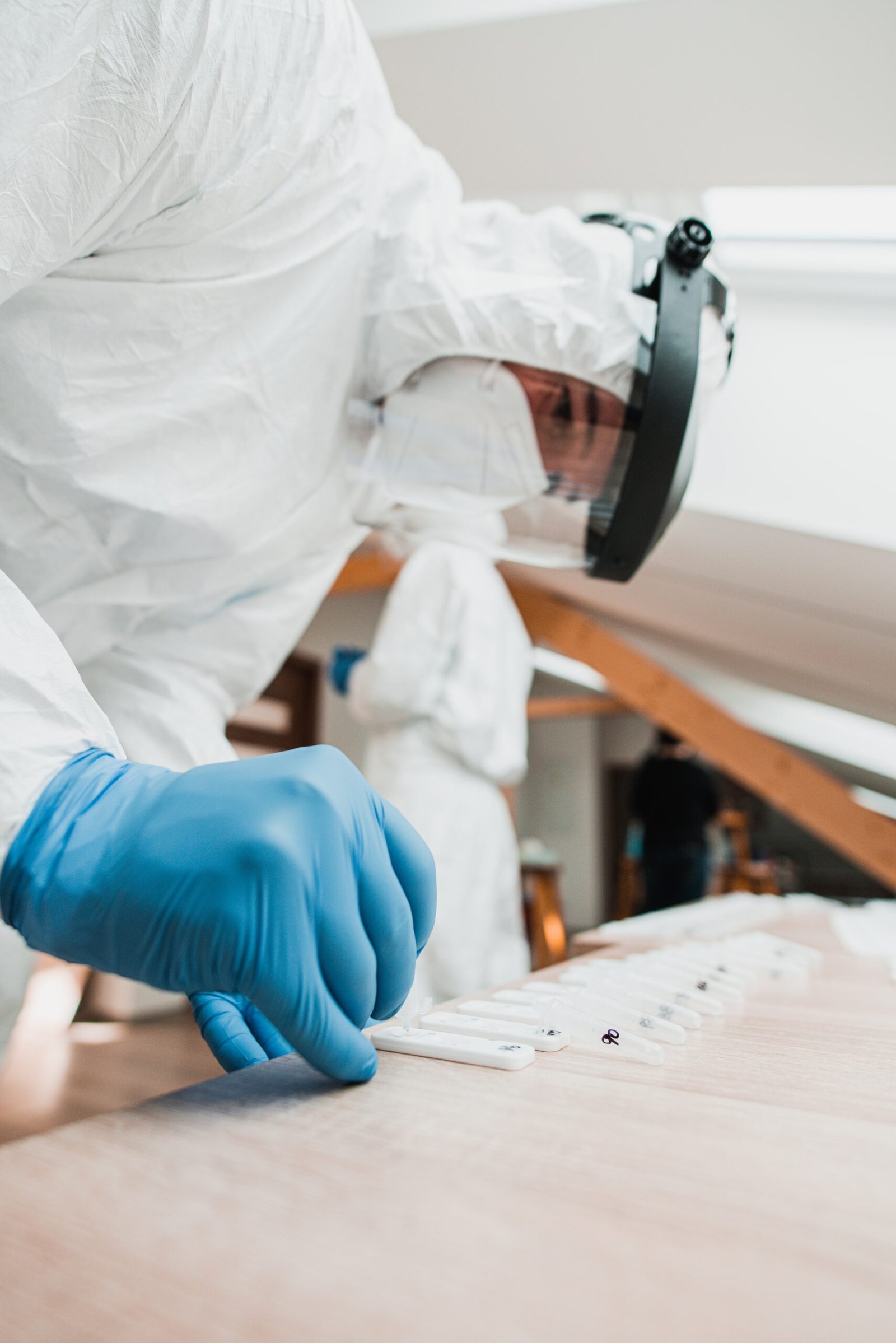
Air Testing
Air testing is the most common and cost-effective test. It will test for all types of fibres, not just asbestos. The first test is completed with photon contrast microscopy (PCM). This finds the quantity of different fibres present in the air. PCM finds fiberglass, gypsum, other organic and inorganic fibres. It will not identify asbestos specifically.
To distinguish the presence of asbestos, a stronger microscope is needed. Transmission electron microscopy (TEM) can identify asbestos fibres apart from other materials in the same sample. TEM takes longer and is more expensive than PCM. TEM is powerful enough to identify the different types of asbestos fibres present.
Air testing is done before and after asbestos removal to ensure the full remediation of the contamination.
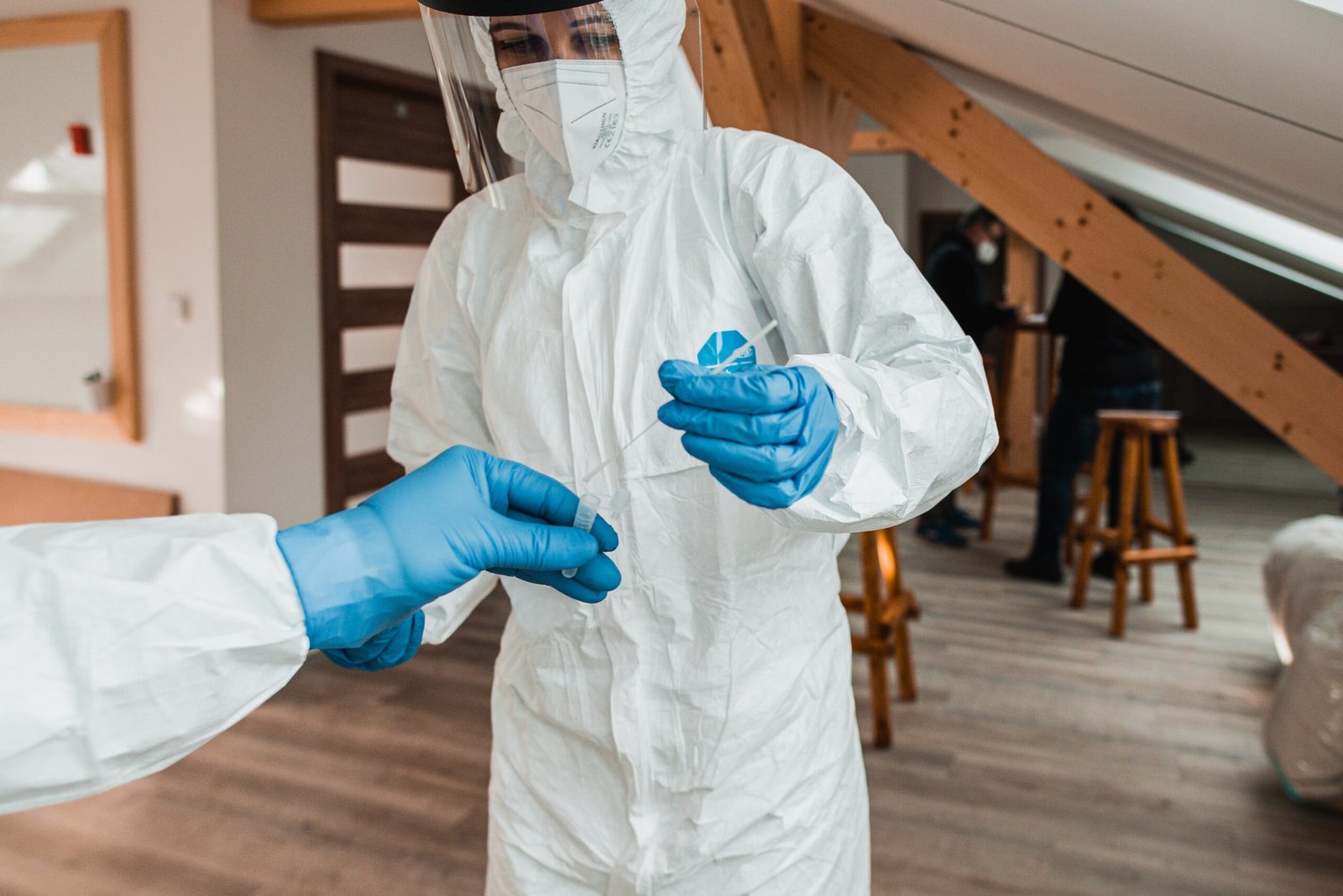
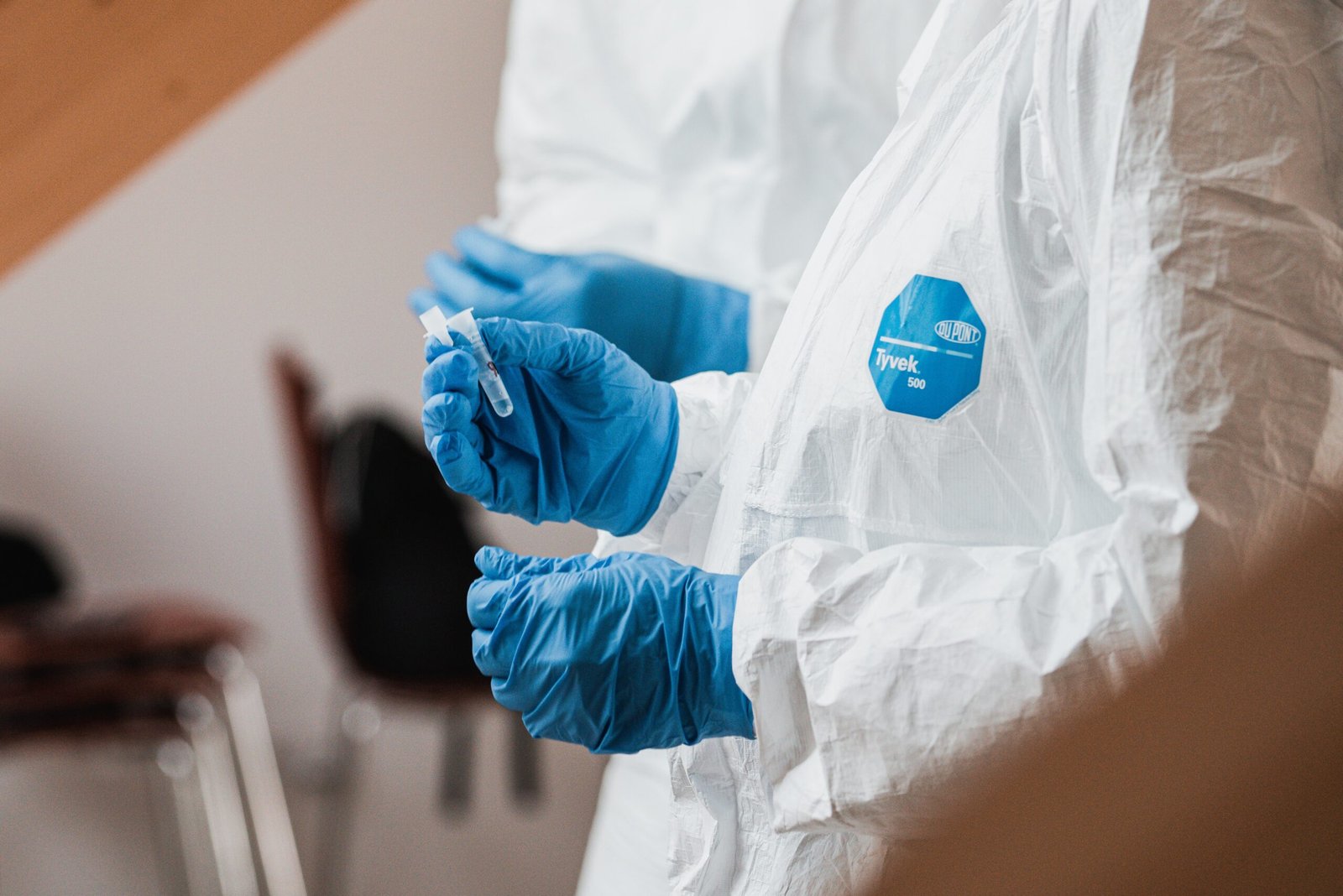
Material Testing
Material testing can take different forms depending on the type of substance being tested: soil samples, building materials, or water samples.
Soil Samples are primarily for environmental investigations. As asbestos is a naturally occuring mineral, natural deposits can become hazardous after weather events or natural disasters.
Building materials are tested using polar light microscopy (PLM). PLM determines the percentage of asbestos fibre in a particular structure. A building material sample is smashed into dust and then a PLM identifies the asbestos and non-asbestos fibres.
Water samples are predominantly completed for municipal governments during renovations or replacement of pipes and underground water channels.
The acquired samples are sent to an accredited laboratory for testing. The time frame for results can stretch from hours to weeks, depending on the type of testing being performed.
Certified labs are more likely to be quick and accurate.

Asbestos Remediation
The complete removal of asbestos containing materials can only be done by a licensed professional.
First, an inspection is performed. If it is determined that remediation is necessary, certified asbestos technicians will then develop a removal plan.
Numerous safety precautions must be adhered to for the safe removal of asbestos making the process laboriously slow. The precautions are necessary to prevent accidental exposure.
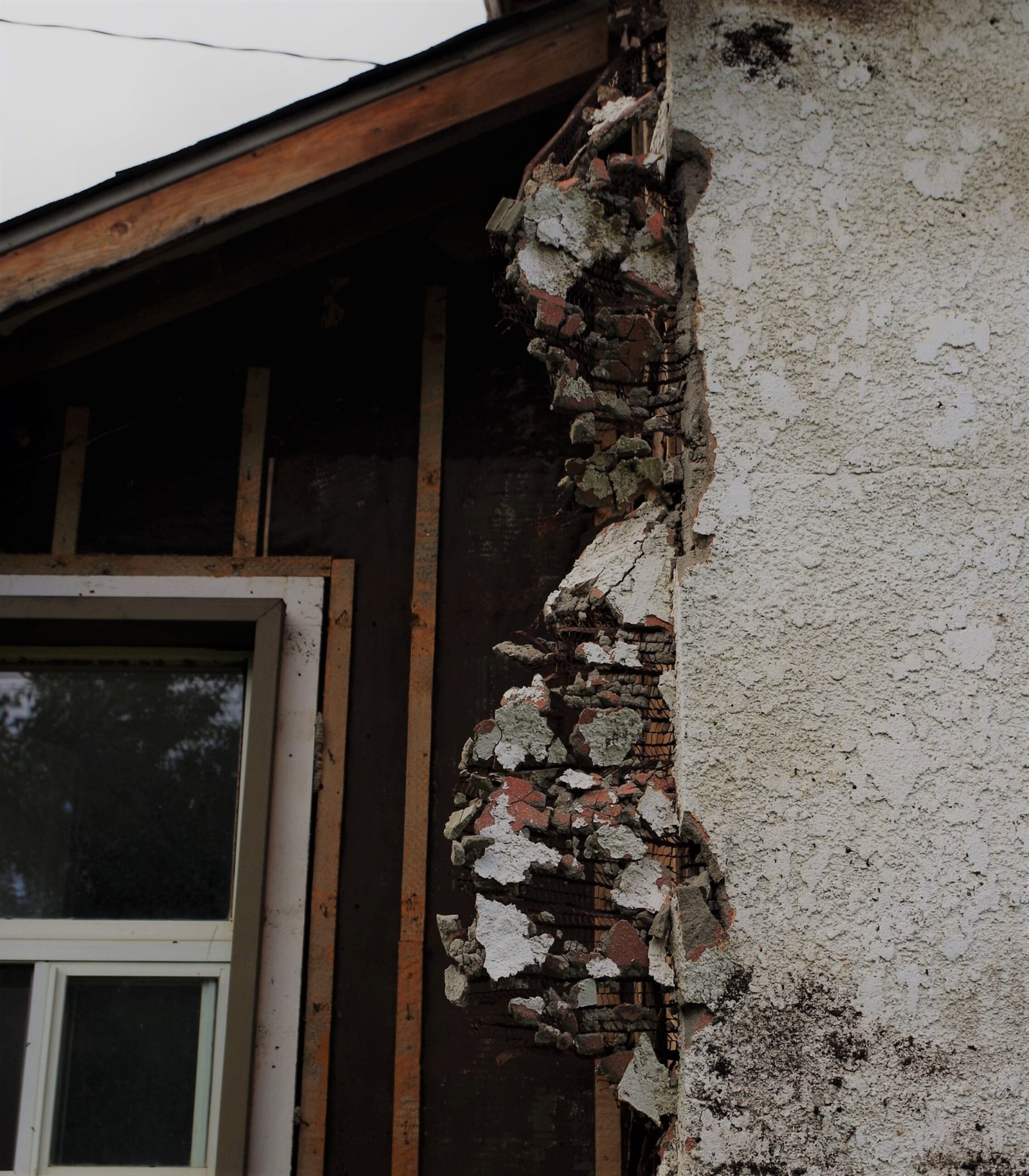
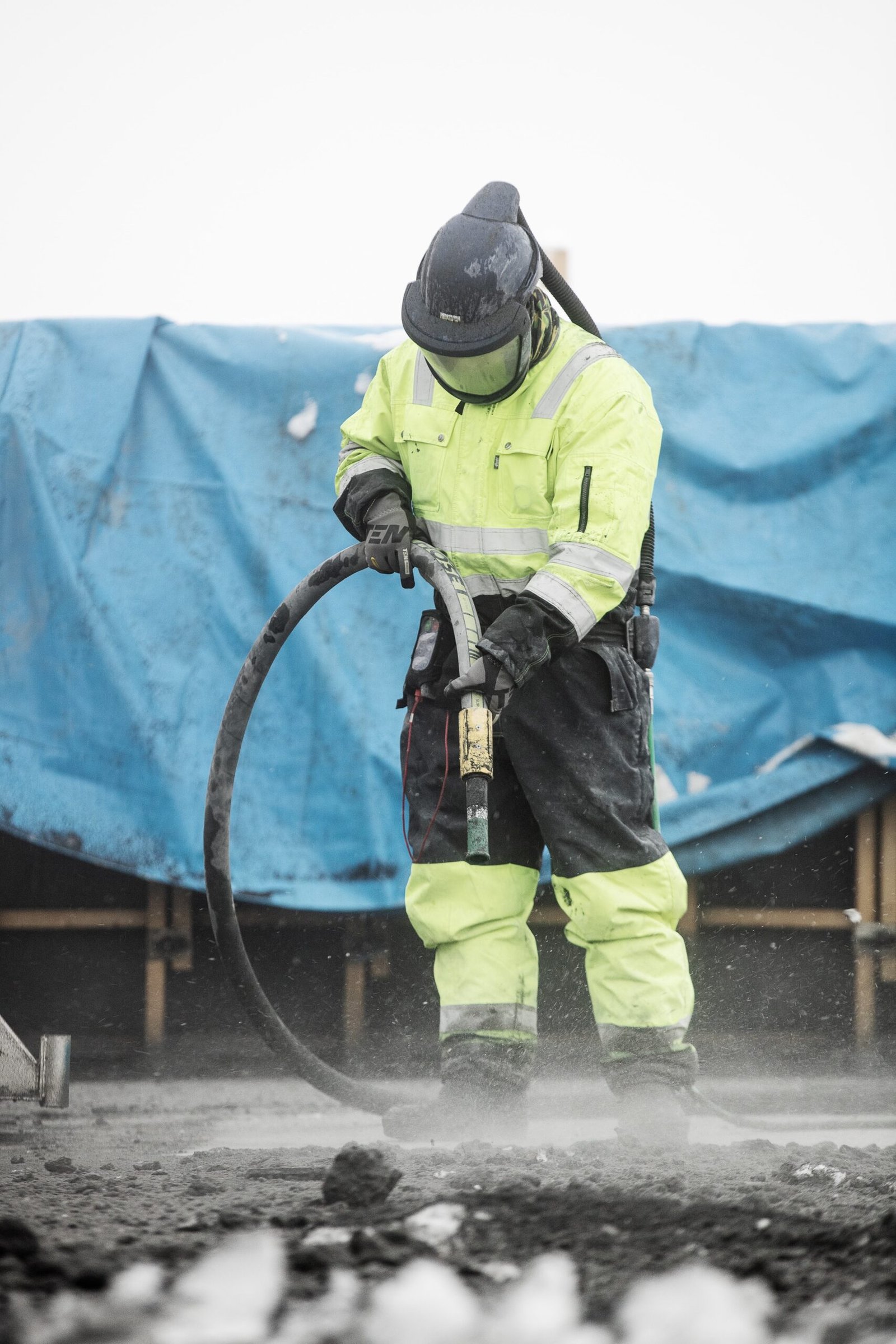
Removal Process
The first step in the removal process is the isolation of the work site. This ensures the contaminants will be contained within the site.
Our expert technicians utilize personal protective equipment, including eye protection, suits, boots, gloves and air respirators. Binding agents are sprayed over the area to prevent airborne asbestos fibres. A further precaution of negative air pressure is applied to keep the fibres within the quarantined area.
Elements that do not contain asbestos are covered in plastic wrapping or duct tape. Asbestos contaminated materials are removed, are sealed in airtight containers, and then transported to either a disposal facility or a landfill specializing in asbestos containment.

